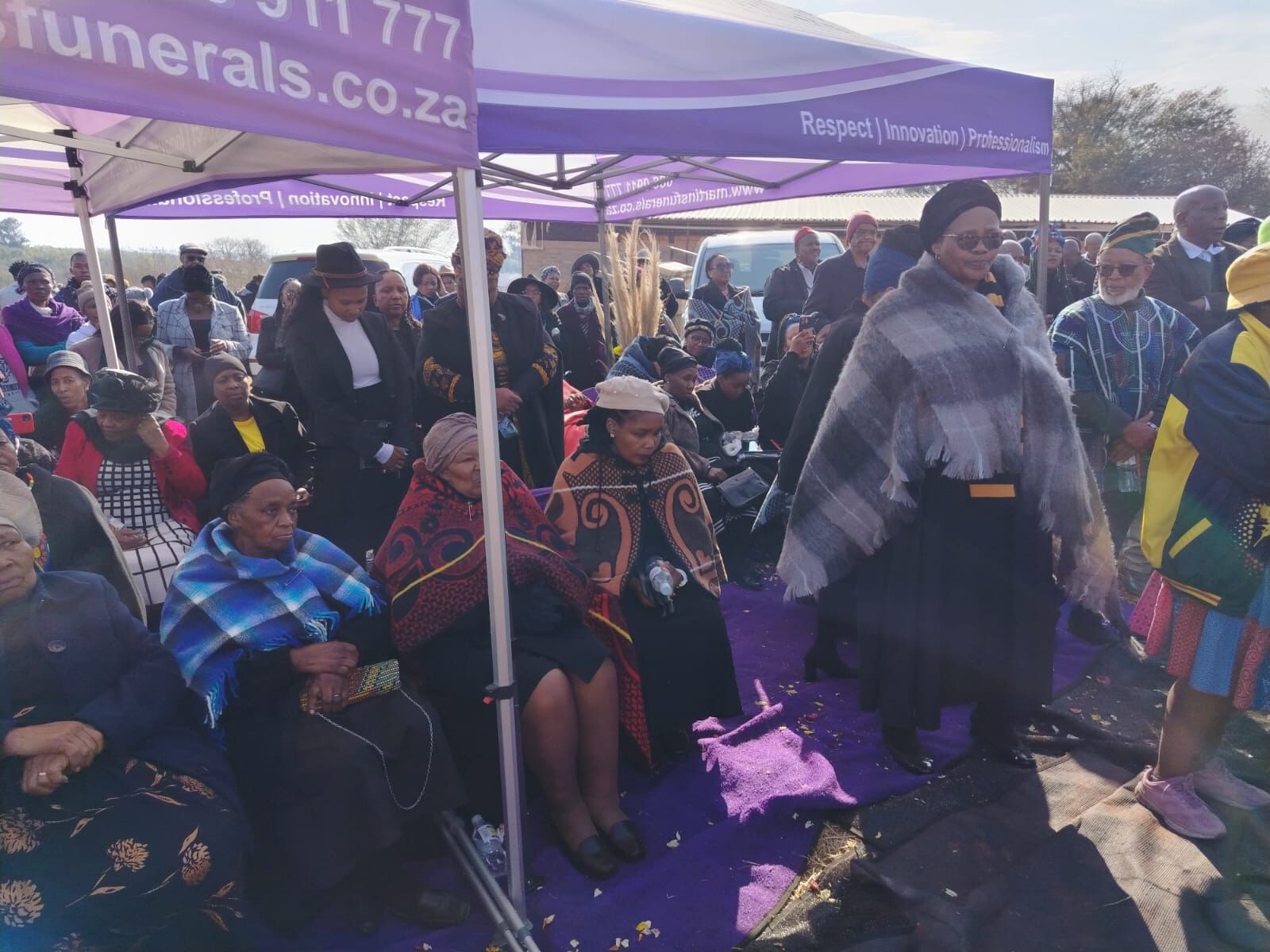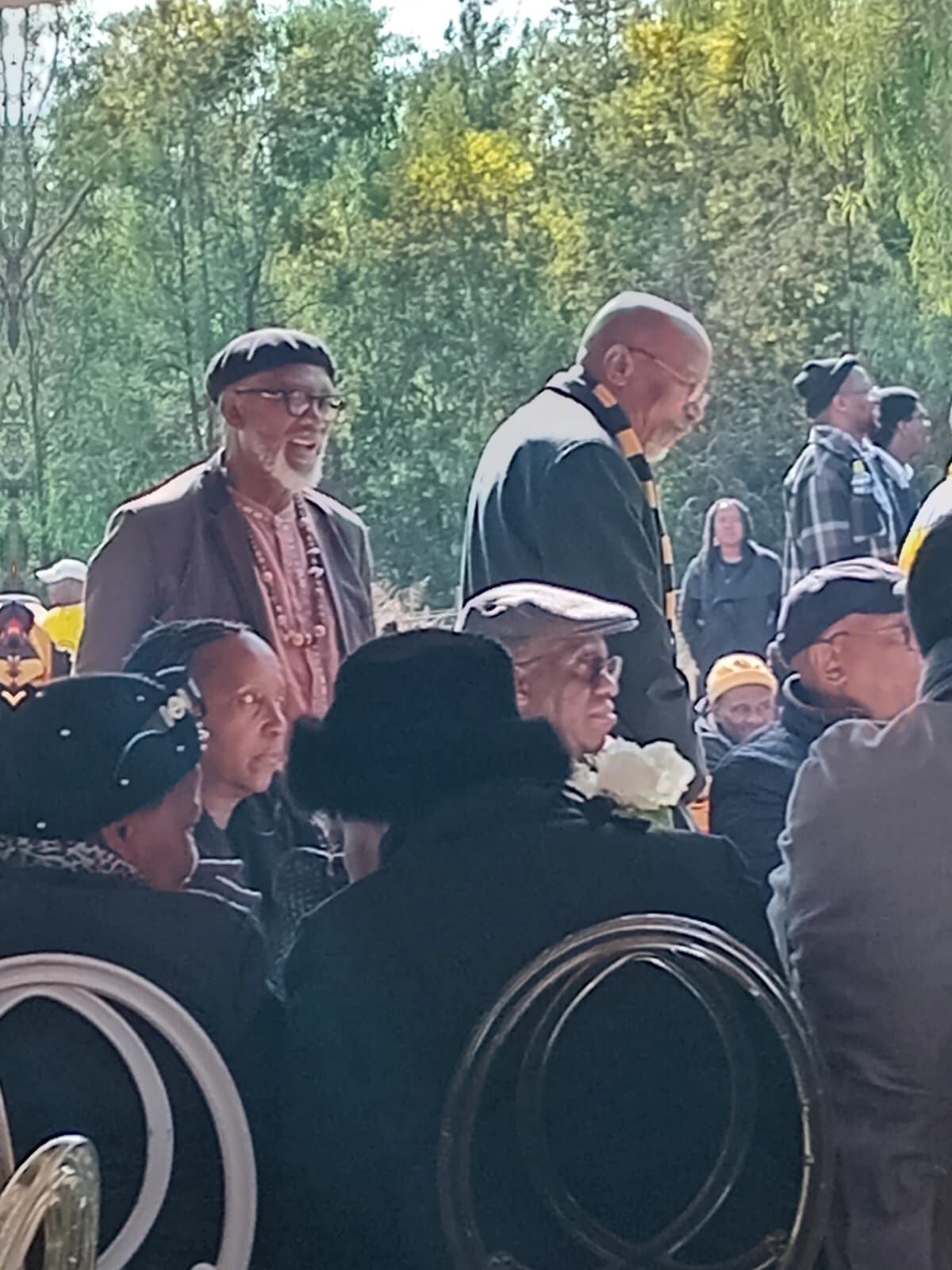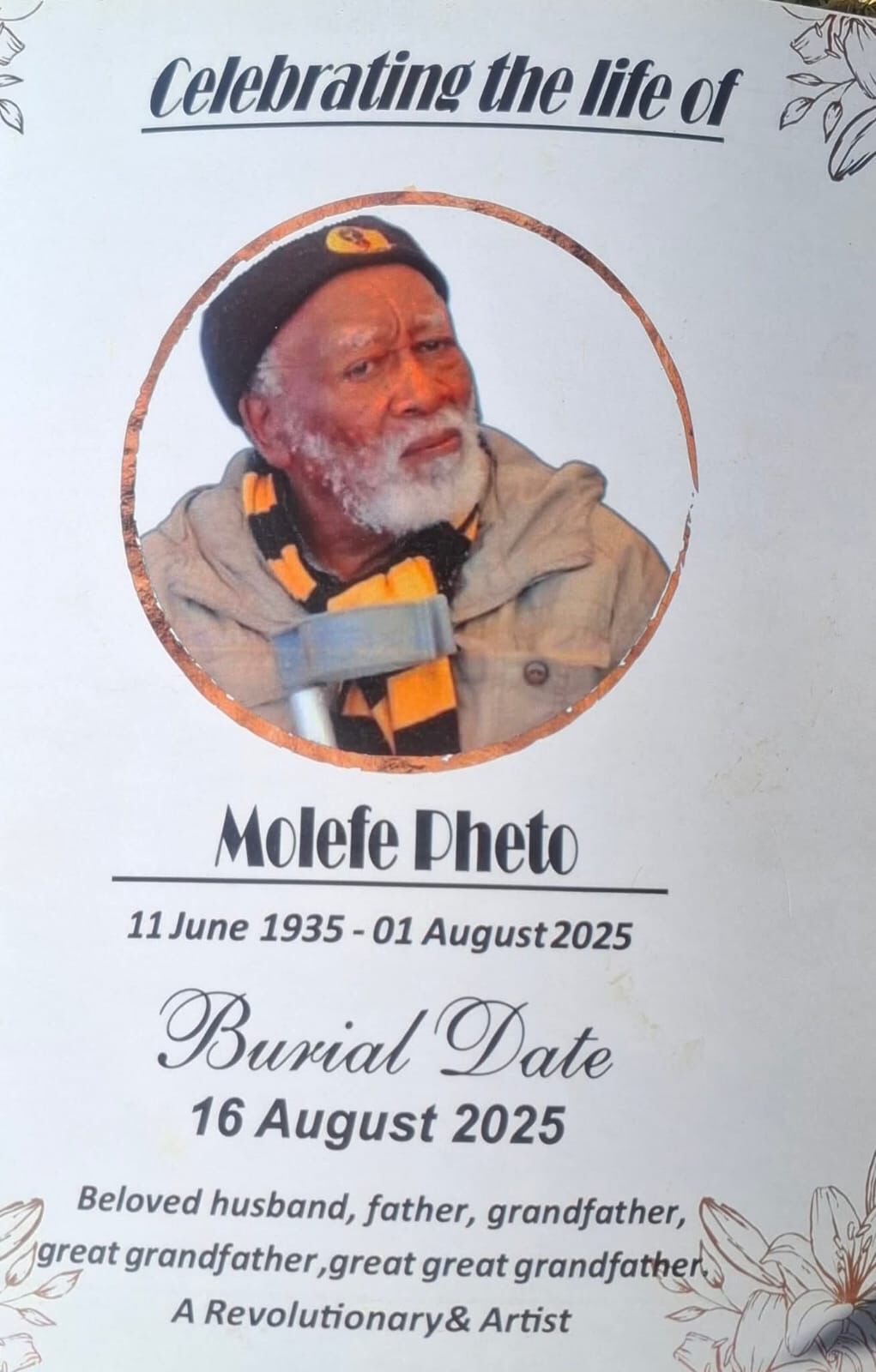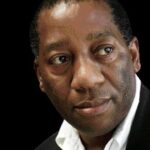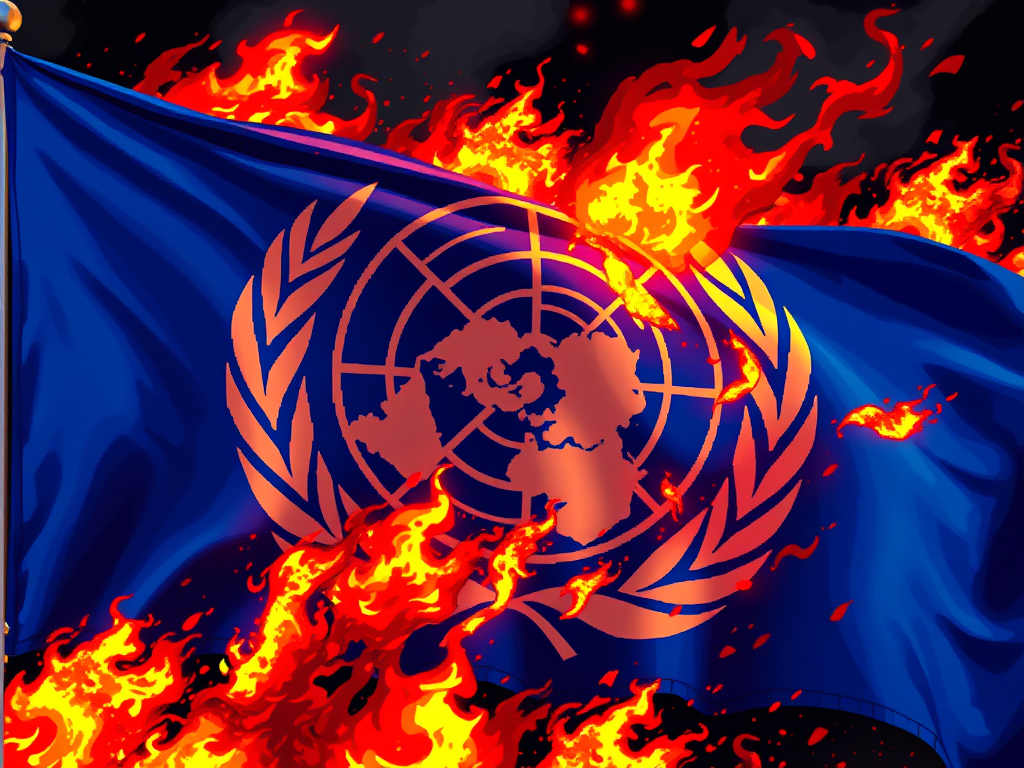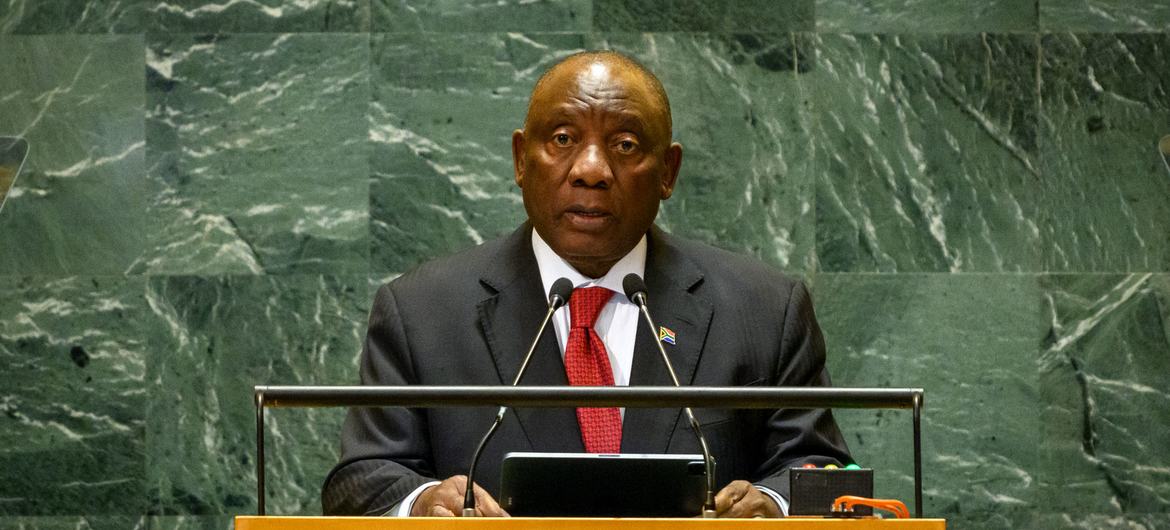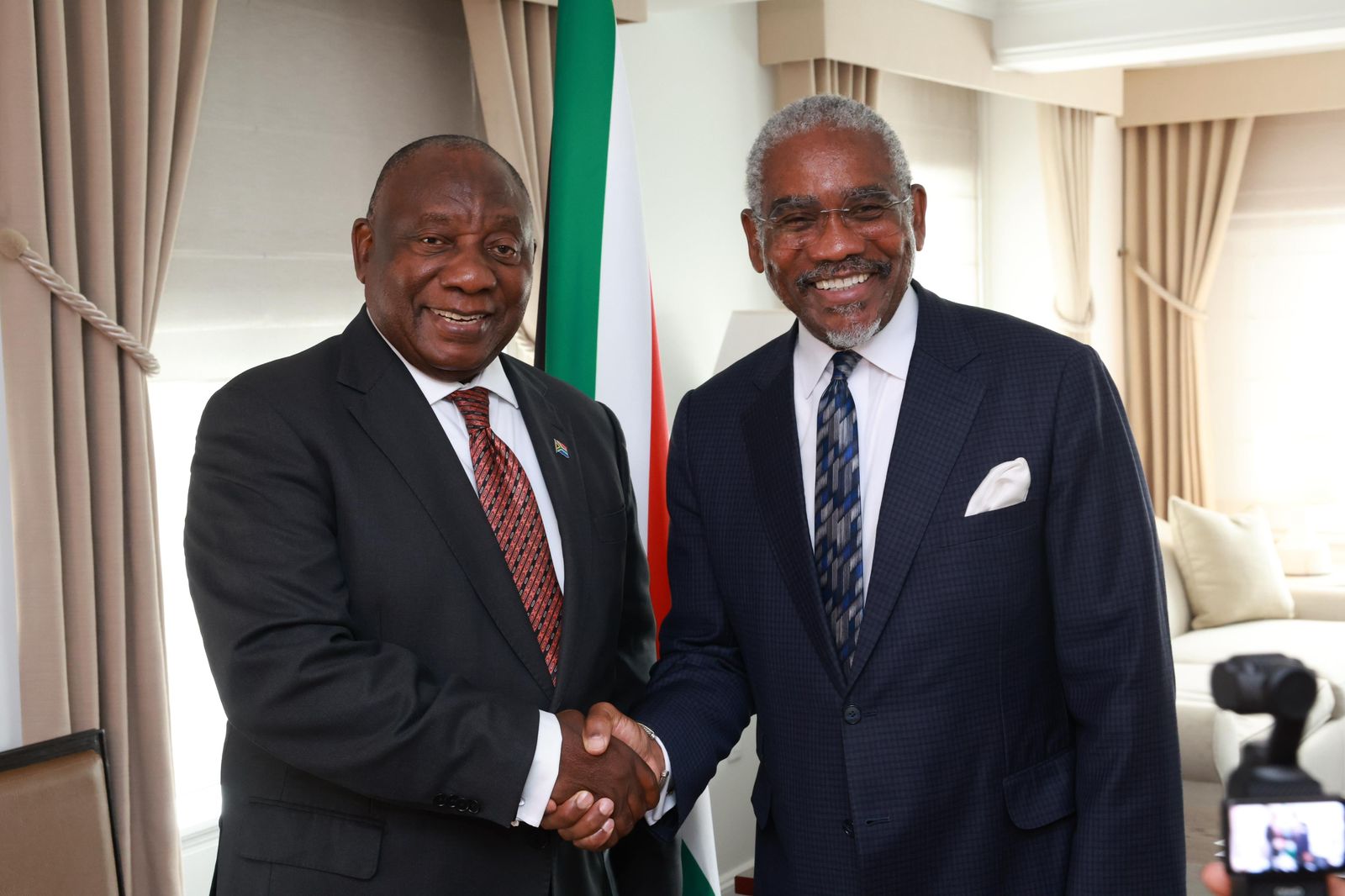Throngs of Black Consciousness (BC) adherents turned out to bid their collective farewell at the burial site of Struggle stalwart Molefe Pheto in Magalies, West Rand.
Pheto, aged 90, was laid to rest in his farm along the hills and valleys of the scenic farming lands of South Africa. It was a befitting farewell for a selfless BC leader who dedicated his entire life to the emancipation of his people. He was laid to rest as he lived – with the simplicity that belied his impeccable Struggle credentials and his massive contribution to ending apartheid in South Africa.
The erudite and affable Pheto was famous for his unassuming nature. He was a man of the people who practiced Ubuntu/Botho relentlessly, acknowledging in word and deed that “you are because I am”.
Pheto, an outstanding artist and author of a number of books including “The Bull from Moruleng”, returned to SA from exile where he could have easily decided to settle in the rarefied atmosphere of European cities such as London.
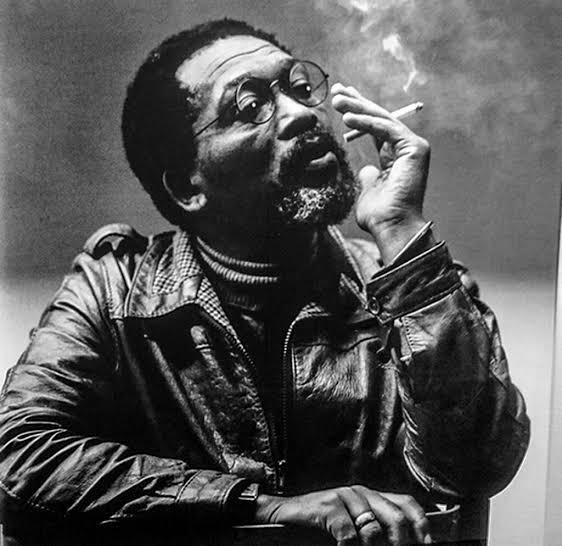
Those specializing in the ways of dying called the year 1988 the last kicks of a dying horse. Others ranked the accompanying ruthlessness of that year as the darkest hour before dawn. The description of that year found apt articulation in words of Italian Marxist philosopher and political theorist Antonio Gramsci: “The old world is dying, and the new world struggles to be born, now is the time of monsters.”
The monster was at its vilest rage in defense of a system. Cross-border terror raids into neighbouring countries had become commonplace. Inflicting harm, laying waste to life and limb leaving a trail of destruction behind, had become the order of the day.
What turned the tables was the Battle of Cuito Cuanavale in Angola between August 1987 and March 1988 that put a stop to SA’s scorching military escapades.
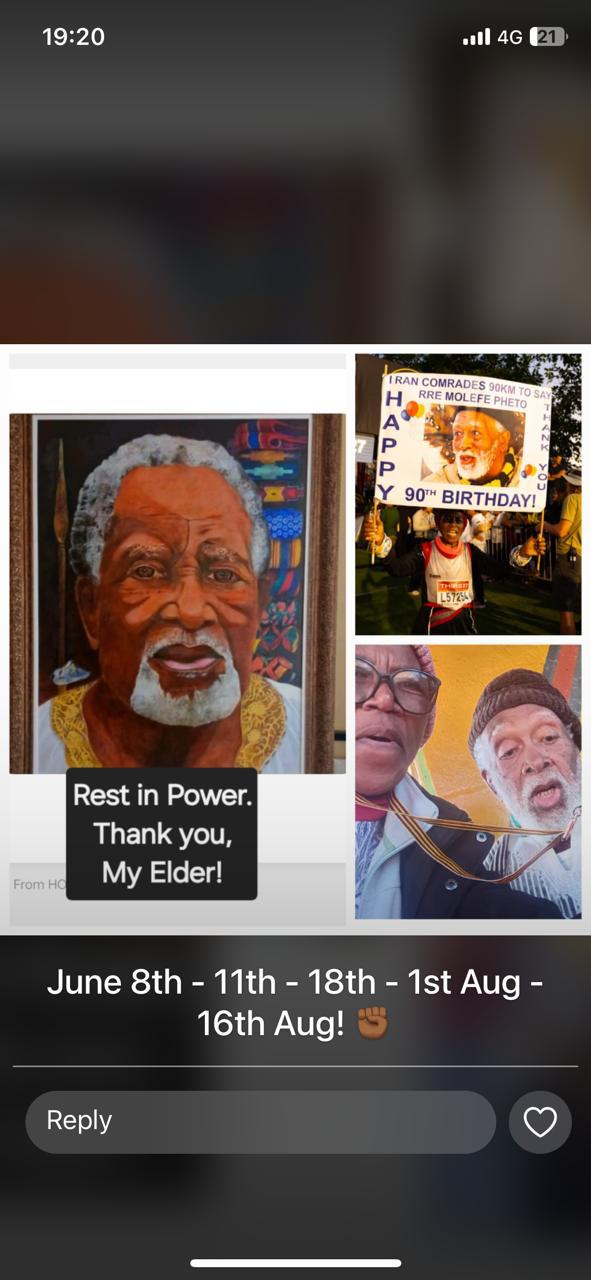
Cuito Cuanavale was the last stand to the US backed National Union for Total Independence of Angola (UNITA) and South African Defence Force (SADF) and signaled the beginning of the end of the SADF’s incursions in foreign lands.
It is this war that golfer Ernie Els, in President Cyril Ramaphosa’s delegation in meeting with US counterpart Donald Trump, on May 21, 2025 hailed the United States for siding with South Africa in Angola. The undeserving Els to have been in Ramaphosa’s delegation did not know that America was on the wrong side of history in 1988. On the contrary, the Cubans were on the right side of it. And the Cubans military feat was nothing less than a nail in the coffin of South African anti-liberation safaris.
The settlement terms for Cuban withdrawal from Angola paved the way for Namibian independence. The implications for South Africa to navigate for a political solution were too obvious to be missed.
Even then, the knee of oppression was crushing what was left of its energies to suffocate the breath of political activities back home. The return of those in exile seemed impossible.
Lean was a picture that the year 1988 presented.
Just as lean, was yours truly. So lean that a pair of trousers I wore had back pockets coincide from mending to achieve body fitting size.
Any political leader of note had their passports confiscated. Miraculously, I still had mine in my possession. As one of the restricted organisations the Azanian People’s Organisation (AZAPO), had least expected to count on this writer as an option to represent it abroad in my capacity as Secretary for Arts, Culture and Sport.
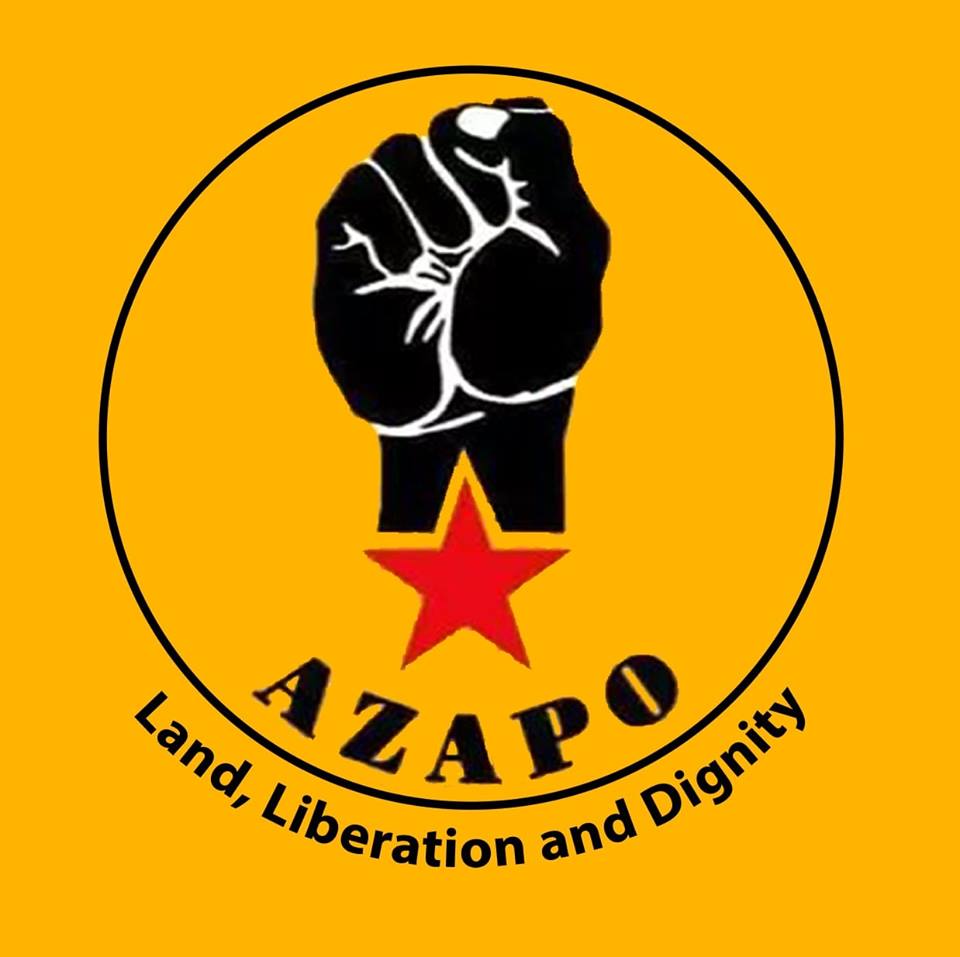
That is exactly what happened. March 21, 1988 was the 28th anniversary of Sharpeville Massacre hosted by the City of London Chapter of the Anti-Apartheid Movement (AAM).
All Liberation movements, from countries not yet free, were represented. They included South West Africa National Union, Tamil Tigers of Sri Lanka, Tigray People’s Liberation Front, Eritrean People’s Liberation Front, the Communist Party of Great Britain, a UK based liberation solidarity group, Black Action for Liberation of South Africa, ANC, PAC and AZAPO.
There to meet me at Heathrow Airport was the London based inimitable leader of the Black Consciousness Movement of Azania (BCMA) Molefe Pheto. It was eleven years that I had last seen Pheto since October 1977 before leaving for exile. The UK, home of internationally acclaimed cultural icon Molefe Pheto, and wife, Deborah, became my home away from home and I was just as welcomed by their children Gaboipeoe, Maseitshiro, Pule and Phello. For the duration of my stay in the UK, I, the follower of Pheto’s, became his leader.
Forced to skip the country in 1977, after a tortuous 10 months in detention without trial, Pheto was by 1988, 11 years in exile.
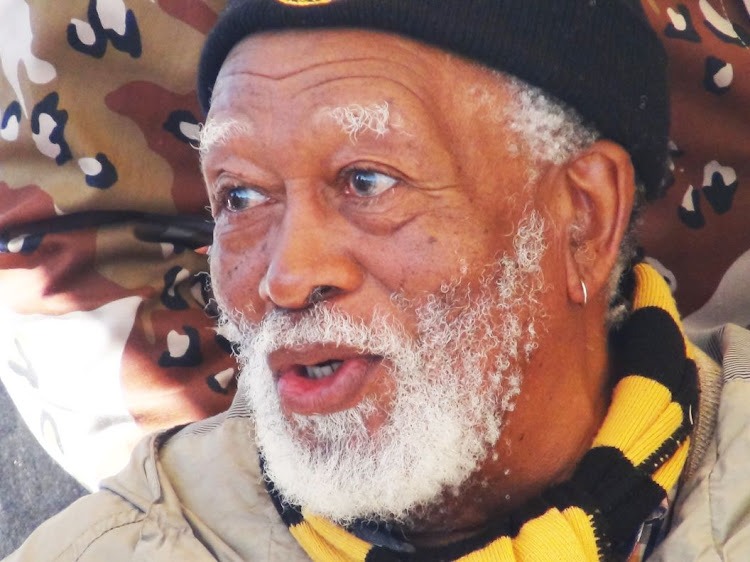
For one who has trailed the blaze of liberation for 54 years since 1971, the marking of Pheto’s 90th birthday on June 11th this year was a cause for celebration of an illustrious life. This was at his farm in Bangadile Farm that he had returned to from exile in 1996 to call home as well as an education center for aspirant farmers.
The rejoicing of spirits did not end on June 11, 2025. The grand finale was presented at Soweto Theatre on July 18, 2025. Little did well-wishers know it was the last to hear of him alive.
The man whose head had worn many hats, due to the multifaceted roles he played during the national liberation struggle was a toast to an array of musicians, artists, teachers, students, novelists, film makers, sculptors, actors, journalists, dancers, singers and liberation activists of the 1970 that came together to stage a memorable artistic programme in his honour as a fitting tribute.
Former head of the exiled Black Consciousness Movement of Azania (BCMA) Mosibudi Mangena delivered the keynote address. As Molefe Pheto had served the BCMA as its Secretary for Culture, Mangena would not have missed the honour to salute the nanogenarian for anything. That the programme was staged in Soweto was in line with his wishes. Soweto had carved a special place in Pheto’s heart.
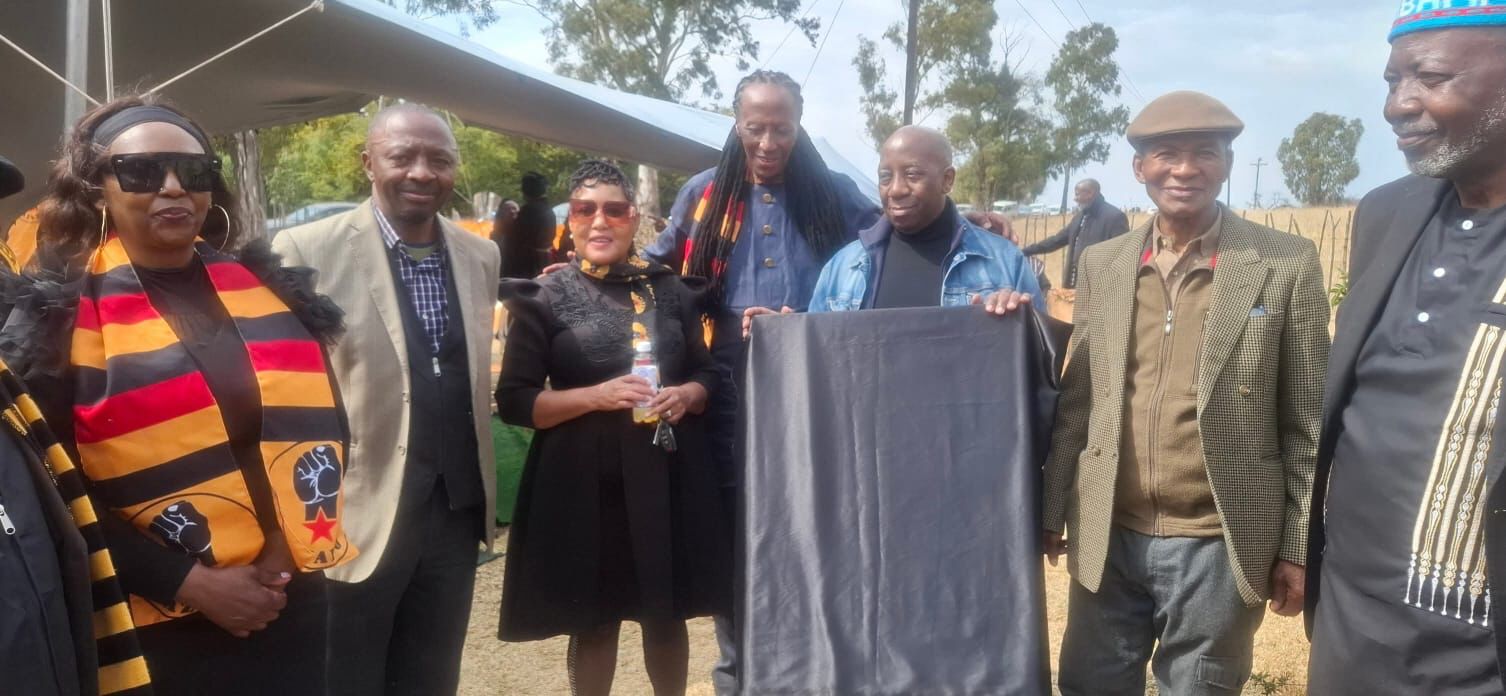
The artistic producers and directors to this star studded production, in honour of Pheto on that day, were Dr Kgafela oa Magogodi and South African born UK based Black Consciousness thinker and doer Prof Eugene Skeef. Just as gifted as the commissioned artist for the portrait dedicated to Pheto was Cyril Manganyi.
The artistic feat billed for the programme included 1976 student leader Khotso Seathlolo’s daughter and poet Tharollo Seathlolo, filmmaker and poet Ujebe Glenn Masokoane, musician Dr Tu Nokwe, Medhleko Music Group, and multitalented virtuoso Yonela Mnana.
Poet, activist and comrade marathon enthusiast, Boitumelo Mofokeng, serving as Molefe Pheto @90 Project Coordinator, dedicated her 2025 edition of the 90km Comrades Marathon run in honour of the nonagenarian on June 08, 2025. On seeing his face on a poster Boitumelo Mofokeng carried up high on the comrades marathon finishing line, simply brought joy inside Molefe Pheto’s tears.
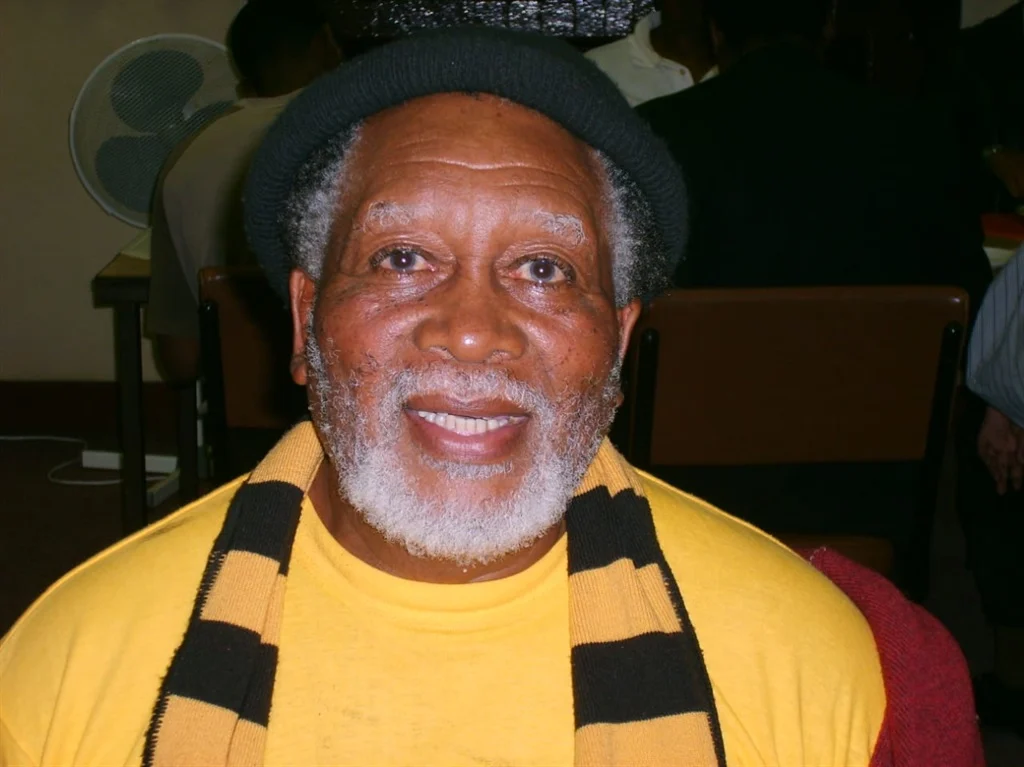
Pheto’s roots trace back to Alexandra Township, Johannesburg where he was born on June 11, 1935. The sands of time deposit his footprints in Soweto as a teacher. Pheto, as is the rest who similarly survived John Vorster Police Station, was familiar with long spells of detention there under South Africa’s Terrorism Act of 1963. Thirst and hunger for liberation saw him into exile in 1977 where he joined the Black Consciousness Movement of Azania in 1980.
Pheto’s life is as much the story of the people in him, their dreams and nightmares; hope and despair; anger and courage; promises and disappointment; and a determined shouldering of the belief that someday we will all be free.
Doyen of black theatre Gibson Kente, who wrote no less than 23 plays, had keener defining artistic moments with legendary Pheto. To late Kente, Pheto was the formidable Black Consciousness pillar to lean on to tapping a liberation perspective that found theatrical expression that gave birth to Gibson Kente’s heartrending masterpiece How Long? Written and first performed in 1973, How Long brought on stage the brutal police action and its attendant bureaucratic oppressive machinery.
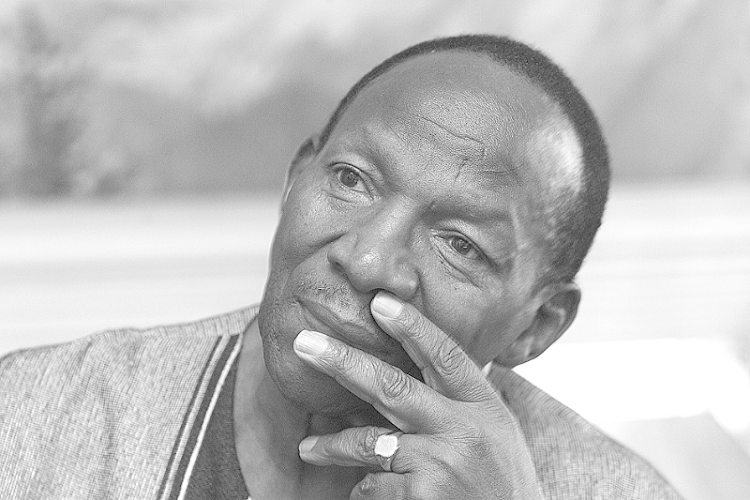
Kente wrote the play riding the crest of the wave of Black Consciousness movement sweeping the country and demanding of cultural works to reflect the material conditions of Black people in South Africa. How Long was a response that distinguished itself as a political play that Kente wrote.
Because of its impact, the play was later banned and Kente was imprisoned when an attempt was made to film the play in 1976. The June 16, 1976 student uprisings were not without the spirit of the awakening of the people behind it. Pheto was an active part of that moving spirit.
Forced into exile in 1977 he joined the Black Consciousness Movement of Azania in 1980. Six years into exile in the UK, London Publisher Allison and Busby published his book in 1983 titled And the Night Fell – memoirs of a political prisoner which was banned in his country.
On his return from exile in December 1998 he settled in Bangadile Farm, in Magalies publishing his second book titled The Bull from Moruleng: Vistas of Home and Exile in 2014.
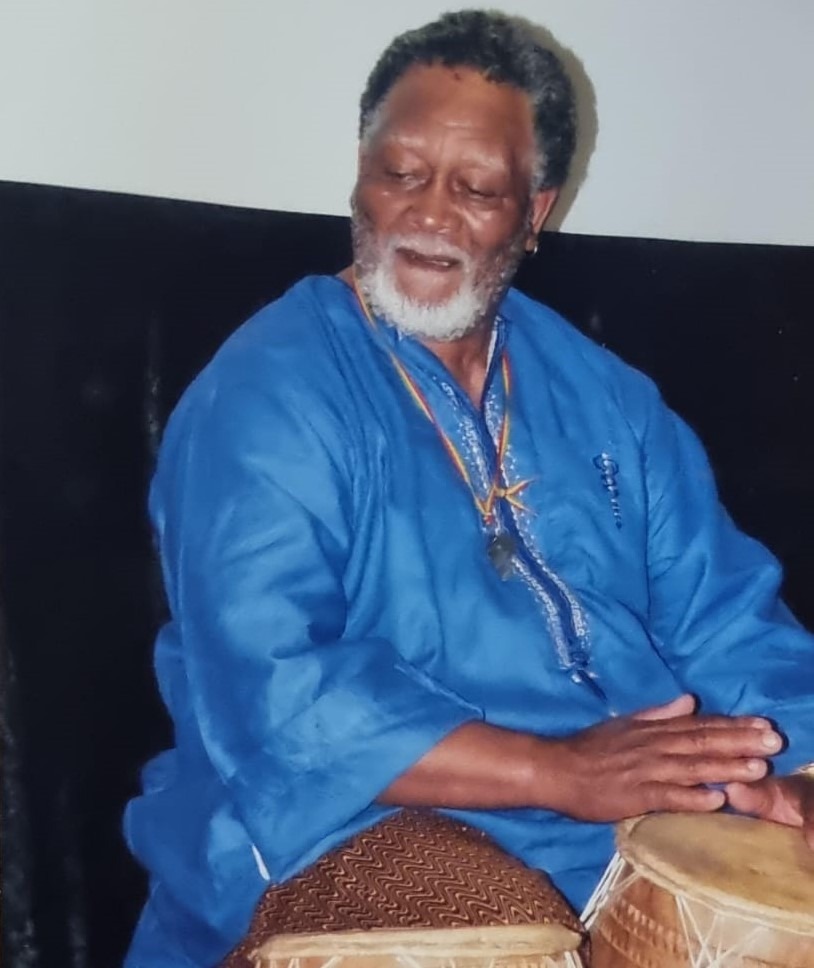
Sadly, as was in 1988, and 37 years on the year of his 90th birthday in 2025, South Africa was still, in Pheto’s eyes, a picture of being in the stranglehold of monsters seen by Gramsci where the old, is refusing to die, and the new, struggling to be born.
He took ill on July 18, 2025 en route to a waiting celebration held in his honour and was redirected to a medical facility for stabilisation.
Pheto was later transferred to 1 Military Hospital in Pretoria. Many had wished he would recover to return home and that the feared premonition of loss, misses. News of his passing came on August 1, 2025.
The near and far, to whom Pheto was dear, descended on his Bangadile farm to pay their last respects for his burial conducted in true African rituals on Saturday August 16, 2025. And this was not without the rhythm, beat, harmony and the drum.
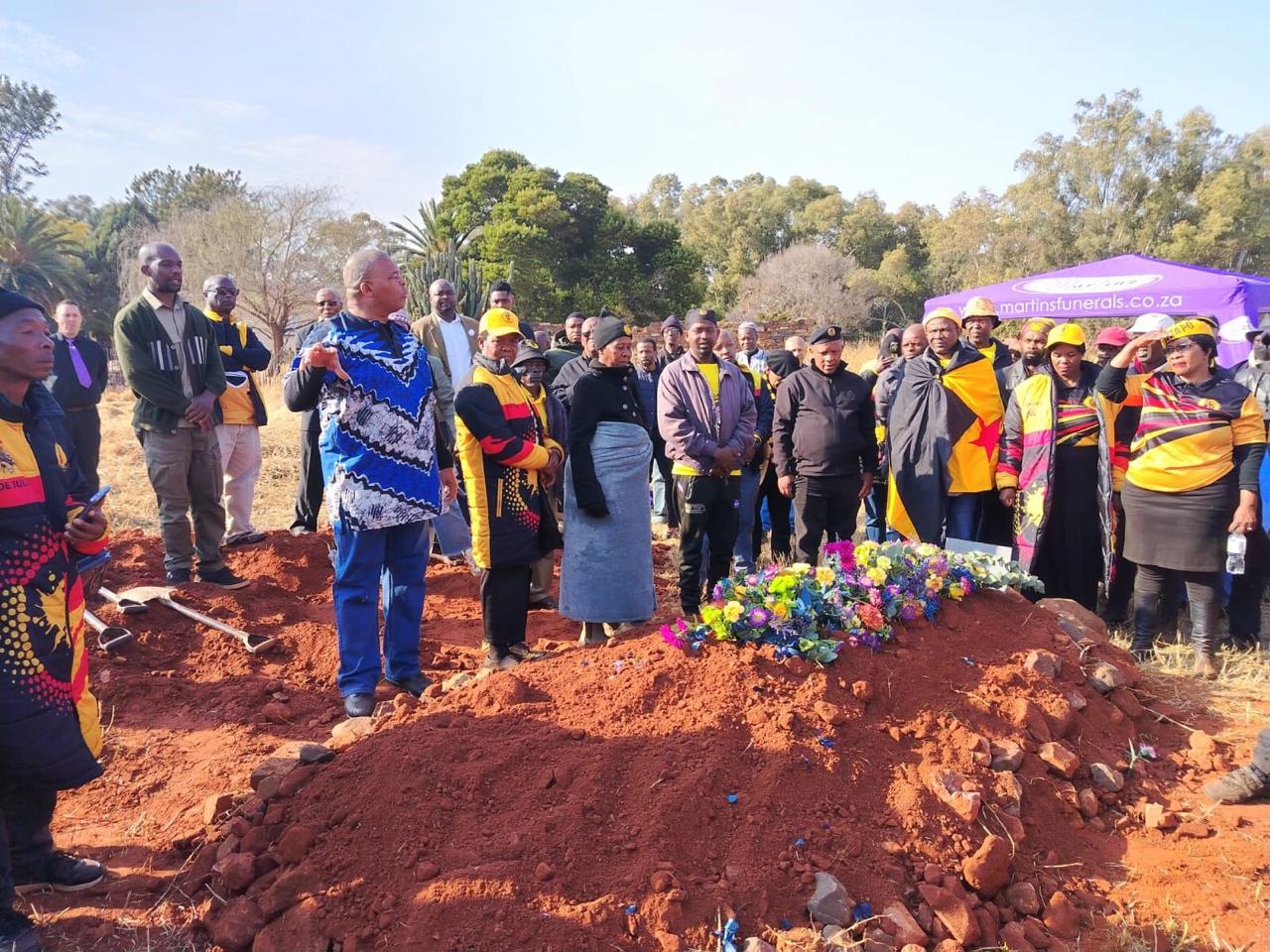
Musicians, politicians, artists, emerging and established farmers and business people were there to salute the Bull of Moruleng for the last time. AZAPO members turned up in numbers.
Those present included AZAPO President Nelvis Qekema, and secretary general Mbulelo Ketye, former education minister, in Thabo Mbeki’s administration, Mosibudi Mangena; businessman Phuthuma Nhleko, AZANLA soldiers, BC exponents Ujebe Masokoane, Japhta Hlasa, Lybon Mabasa, Twiggs Xhiphu, Mandla Seloane, Syriana Maesela, Simphiwe Hashe, Tshepo Koka, Mpotseng Kgokong, Motsumi Makhene. Also in attendance were author Dr Nape Motana, the artists Sipho Hotstix Mabuse, Khaya Mahlangu and Kgafela oa Magogodi.
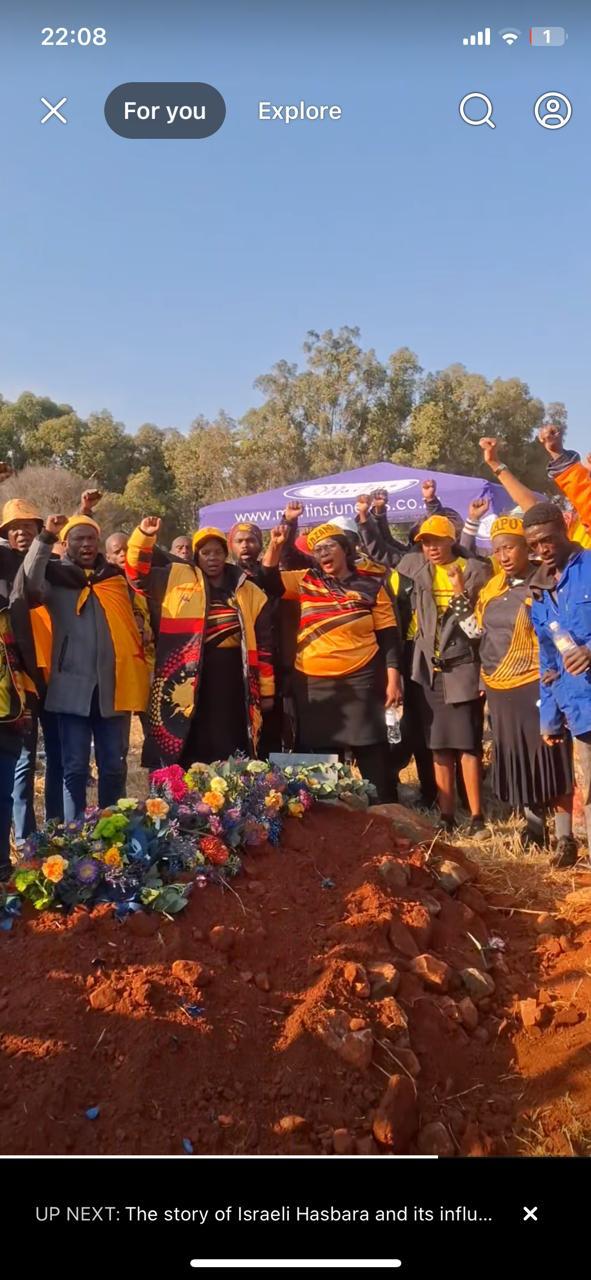
Pheto’s body now lies in the silent heart of earth and the land he had lived his life to the full.
Of this iconic cultural never say die figure Motsumi Makhene had this signature salutary words to fare the beloved Pheto well: “For those in the underground of the 70s, in the BCM and the PAC, he was a mysterious artist who understood the rhythm of the gun; the humanism of caring poetry, and the pulse of a prophetic drum.”
Pheto leaves behind his wife Deborah, and children Gaboipeoe, Masetshiro, Pule and Phello.
